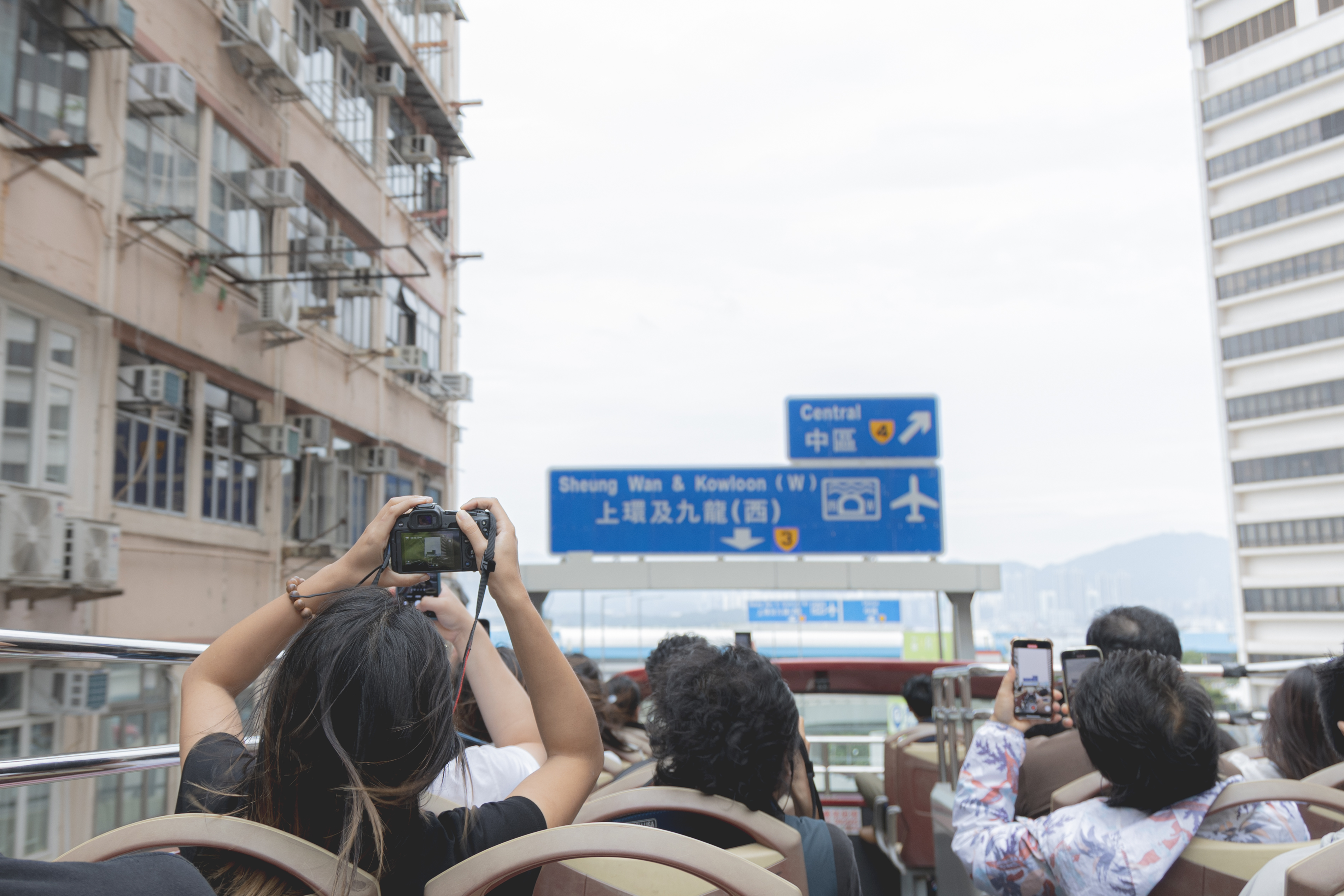Cape D’Aguilar Marine Reserve Photo Trip

Cape D’Aguilar Marine Reserve lies on the southeastern tip of Hong Kong Island. It offers a panoramic view of the sky and sea from the coastal cliff, and a century-old lighthouse stands on it to make a picturesque view. Nearby there are two sea caves formed naturally by the wave erosion of the sea. One of them is called Thunder Cave, named for the thundering sound of sea waves splashing against the rocks years after years. Another one looks like a giant crab claw when viewed from the top of the cave and is thus called Crab Cave. The cliff and sea caves are the biggest natural treasures at Cape D’Aguilar Marine Reserve.
Cape D’Aguilar is not easily accessible by public transport and is not frequently visited, making it a best kept secret place in Hong Kong. It’s until recent years that the locals are getting familiar with this place after it became a popular location for star photography enthusiasts. Although it’s not as secret as it used to be, the beautiful scenery is still here for you to explore - only if you are willing to stand the heat and spend a few hours to get there.
We can take bus No.9 at Shau Kei Wan Bus Terminus and get off at Cape D’Aguilar road – the starting point of our photo trip. Go along the main traffic road and it takes around 45 minutes to arrive at the sea caves by the shore.
Cape D’Aguilar is not easily accessible by public transport and is not frequently visited, making it a best kept secret place in Hong Kong. It’s until recent years that the locals are getting familiar with this place after it became a popular location for star photography enthusiasts. Although it’s not as secret as it used to be, the beautiful scenery is still here for you to explore - only if you are willing to stand the heat and spend a few hours to get there.
We can take bus No.9 at Shau Kei Wan Bus Terminus and get off at Cape D’Aguilar road – the starting point of our photo trip. Go along the main traffic road and it takes around 45 minutes to arrive at the sea caves by the shore.

You can turn into Cape D’Aguilar road right at the bus stop you get off

This is the first junction. Take the path on the right to Cape D’Aguilar Marine Reserve

After around 30-minute walk and passing through a few villages, you will reach the Cape D’Aguilar radio station. Get off here if you are going by taxi

You are prohibited from entering the radio station which is a restricted area. Walk on the adjacent lawn to the other side of the radio station

You will see another junction after returning to the cement road. Take the path on the right

Then you will see the stone stairs (on the left). It takes less than 5 minutes to walk up the stairs to the cliff for photo shooting

There is a gate at the end of the stairs. You don’t have to go in. Turn left and continue walking

Then you will reach the cliff

The century-old lighthouse built in 1875
As Cape D’Aguilar is located on the southeastern tip of Hong Kong Island, you can take photos of sunrise if you can arrive here in the morning.

The path on the left will take you to Thunder Cave. The white building on the right is the Hong Kong University Swire Institute of Marine Science. Crab Cave is right behind the building
Take the same route back to the main traffic road after you finish taking photos of the lighthouse. Keep going and take the left fork of the junction to the lighthouse (please keep quiet as there is also a dormitory). Turn right to Thunder Cave and Crab Cave.
You will see the Hong Kong University Swire Institute of Marine Science after a few minutes walk. There is a hidden path to Thunder Cave not far away from the Institute. Be careful if you are wearing short-sleeved shirts as tall, jagged grass are lining the path.
You will see the Hong Kong University Swire Institute of Marine Science after a few minutes walk. There is a hidden path to Thunder Cave not far away from the Institute. Be careful if you are wearing short-sleeved shirts as tall, jagged grass are lining the path.

The exterior of Thunder Cave

The entrance to Thunder Cave. You will hear thundering sound when big sea waves splash against the cave wall

The entire Thunder Cave will be submerged when water rises. Be aware of the water level before you enter

Look up at the cave’s opening and a slice of sky. This also makes a nice composition to shoot
After you leave Thunder Cave, go to the Hong Kong University Swire Institute of Marine Science. The skeleton of killer whale "Hoi Wai" is displayed outside the Institute.

Killer whale "Hoi Wai" had been performing in Ocean Park for 18 years until her death in 1997. She is part of the collective memory for many Hong Kong people

Crab Cave behind the Institute. You need to climb up to the top to see the shape of it which resembles a crab claw




We can tell how big Crab Cave is from the size of human


Looking down at Crab Cave which resembles the shape of a crab claw
This is the end of our photo trip. Take the same route back to the bus stop and take bus No.9 back to Shau Kei Wan. Although the route is not rugged, it’s still quite physically demanding if you go on a hot summer day as there is not much sheltered area. So for all who want to visit, please stock up before you go to prevent heat stroke and find a friend to go with you.


